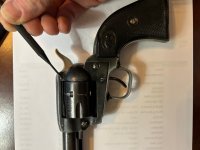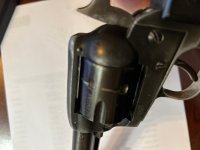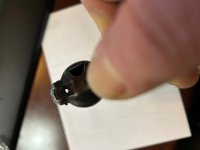HandyMan12
New member
I have a Buffalo Scout .22 revolver and am needing to replace the firing pin. I've never removed a through pin from a frame and understand it can be challenging. Any tips and tricks you want to share before I just grab my punch and hammer and start banging around?
Thanks.
Thanks.



